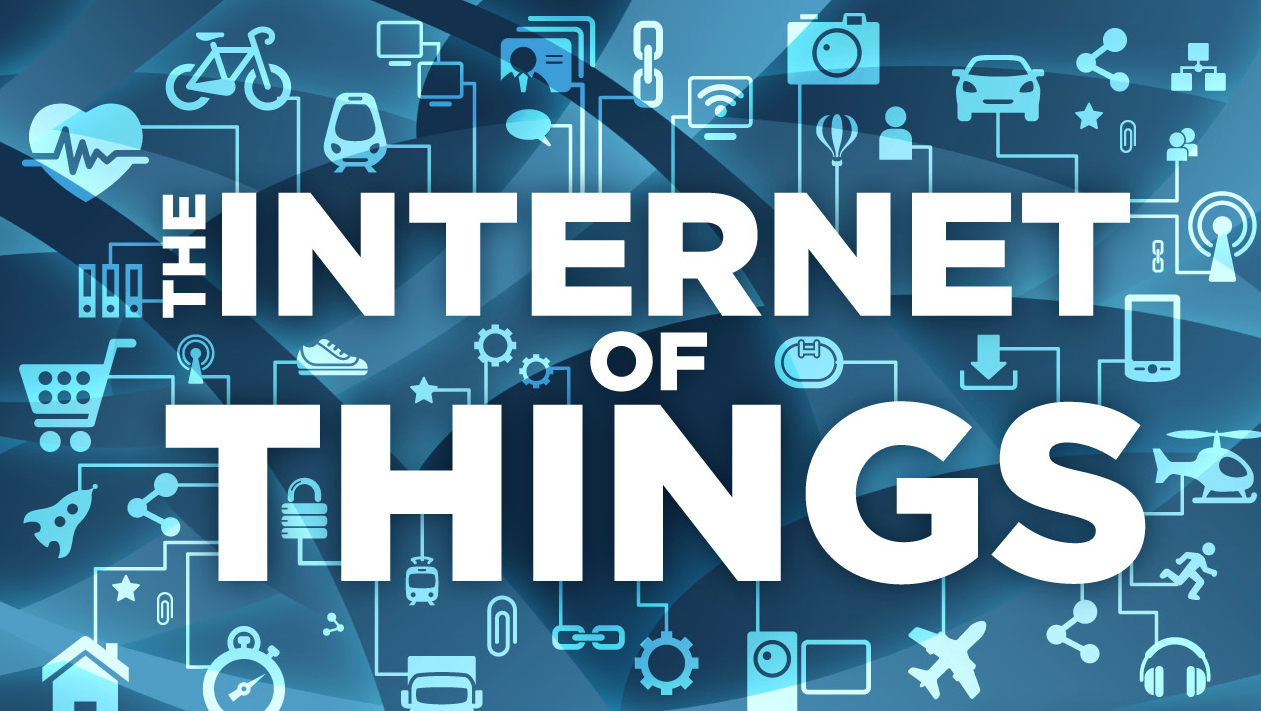
Fueled by sensors, networking chips, Bluetooth low energy, and miniaturization, the Internet of Things (IoT) has really taken off in the last few years, embedding the Internet into everything — light bulbs, smart watches, industrial equipment, automobiles, and more.
IoT is expanding rapidly, with intelligence firm Gartner predicting that the number of Internet-connected devices in the consumer, business, and industrial sectors will exceed 26 billion by 2020 — nearly 30 times the number of IoT devices that existed in 2009. Acquity Group, another market analyst group, predicts that two-thirds of consumers will have Internet-connected products in their home by 2019.
But for the industry to fully mature, it must meet multiple challenges related to technology and the Internet. With the low-hanging fruit of first-come, first-serve out of the way, the industry now must decide how to homogenize the infrastructure that powers the technology to unify the many different endpoints. For that to happen, five benchmarks need to be fulfilled:
1. Standardized device naming and organization
With the number of IoT devices on the market increasing by orders of magnitude, it’s crucial that each device be assigned a unique IP address and that the data tied to it be properly named, categorized, and optimized on the back end to ensure that the IoT accurately delivers its tracking potential.
What’s more, IoT technology developers need to provide a clearer definition of what distinguishes their products from those of their competitors by defining an articulated lexicon of what their solution provides — simply tacking on the “IoT” acronym will no longer suffice with so much competition in the space.
2. Reframing success metrics
Although analysts present varying estimates for the number of connected devices that will exist by 2020, the important thing to remember is that the IoT is fundamentally about service, not scale. The industry will begin shifting its focus from how many IoT devices it can sell to emphasizing the quantifiable impact of the services; for example, how much revenue is generated from the data?
A recent IDC study amended its future device count forecast to state that, “by 2018, there will be 22 billion Internet of Things devices installed, driving the development of more than 200,000 new IoT apps and services.”
3. Optimizing data delivery infrastructure
The Internet’s infrastructure — a robust system in its own right — must adapt to keep pace with the increased strain from billions of new devices simultaneously transmitting data; yet, how this will occur remains unclear. It’s predicted that four out of five new cars will be IoT-enabled by 2017, with 2016 marking the first year that the majority of new cars produced in the U.S. will feature embedded Internet connectivity. Bearing in mind that each vehicle may eventually send 25 Gbps of data to the cloud per hour, 130 Terabytes of data storage will need to be allocated in the cloud for every car per year.
Taking into account the large number of other IoT devices transmitting data, optimization should occur across multiple strata to ensure the best user experience.
4. Security will take center stage
s the number of IoT-enabled devices multiplies, the number of attack vectors and security holes will also grow, forcing the industry to streamline security protocols as a means of mitigating cyber-threats. 2016 will mark a paradigm shift in viewing security not as an add-on that complements the end product, but as a critical aspect of every layer of the IoT infrastructure from the very beginning.
Another aspect worth considering is maintaining the billions of IoT devices set to flood the market, because unmaintained electronics that lack critical security updates are lethal within an interconnected ecosystem. How will the industry deal with old and outdated electronics whose manufacturers no longer exist?
5. Orchestration and unity
Speaking at the Bluetooth World Conference in Santa Clara, Google senior developer Wayne Piekarski advocates that the next big push in the IoT development should focus on unifying connected devices through third-party applications. Currently, the lack of a unifying platform forces consumers to download a separate application for each IoT device they use, but, beginning in 2016, the notion that the accompanying app must be developed by the same company that develops the product will change. Third-party involvement ought to begin unifying products under an umbrella platform to improve their ease of access.
Content Provided by AspenCore and (client).
Source: IBM, CIO, and Thenextweb
Image via comsoc.org
Advertisement
Learn more about Electronic Products Magazine





